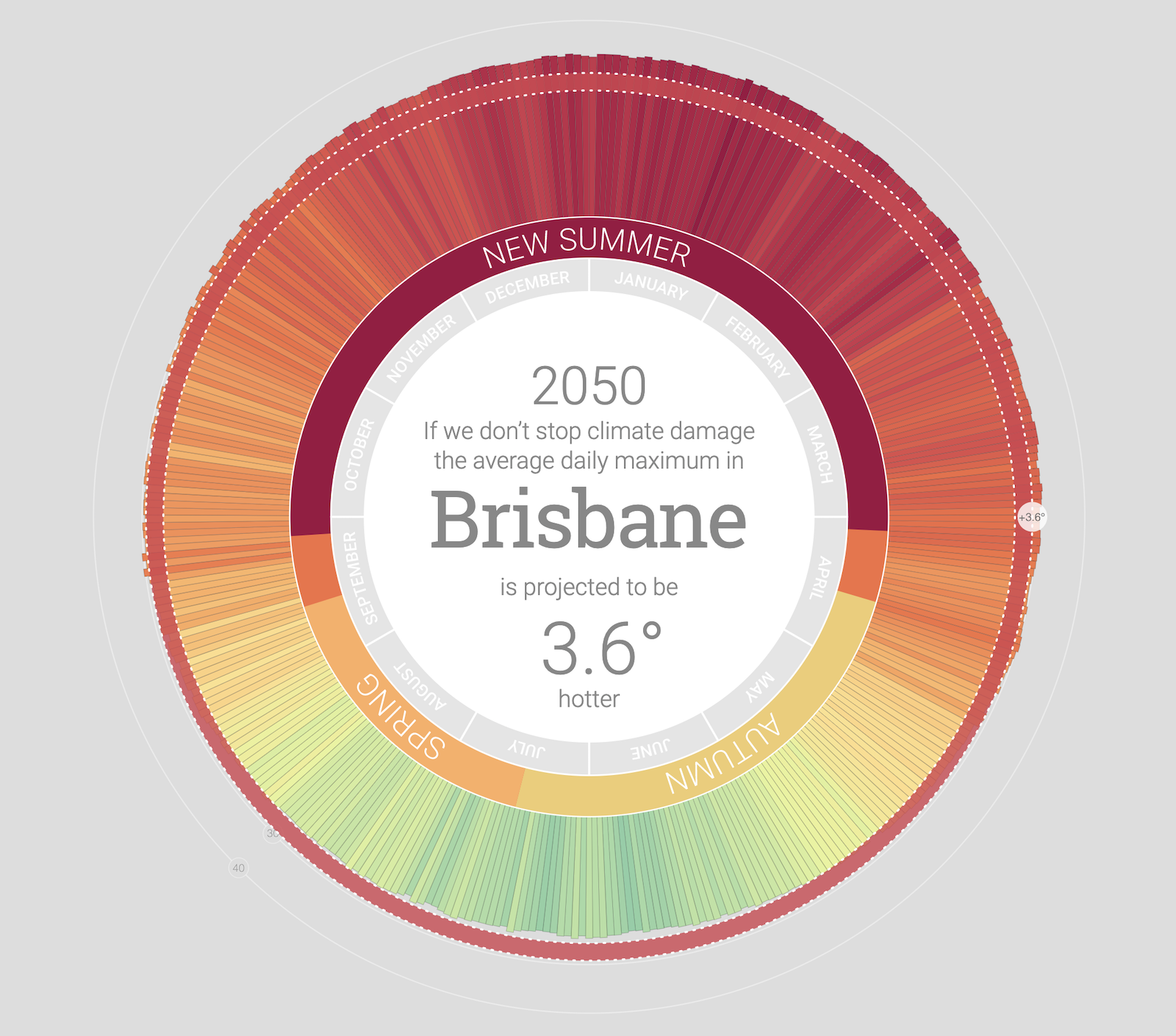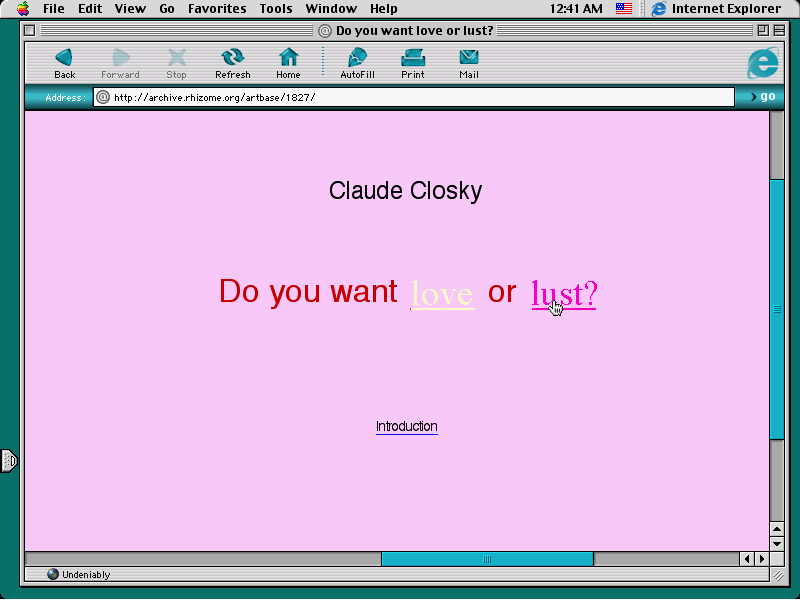This generative artwork is Probability Lattice by the artist Marius Watz. This artwork was created in 2012 using a 3D printer from a Makerbot replicator.

I admire this artwork as it uses a repetition of geometric shapes on the surface, and the overall dynamics of the form of the piece is created using the geometric surface. Another reason I was interested in this artwork is because I have used 3D pens in the past to create a 3D form with triangles before, similar to the artist’s work.
The algorithm that generated this work seems like it used the repetition of shapes (triangles) with lengths of the sides that are slightly different for each shape. Because the triangles are created with just the outlines and have no surface area, this results in an interesting combination of positive and negative space in the work.
![[OLD SEMESTER] 15-104 • Introduction to Computing for Creative Practice](../../../../wp-content/uploads/2023/09/stop-banner.png)

